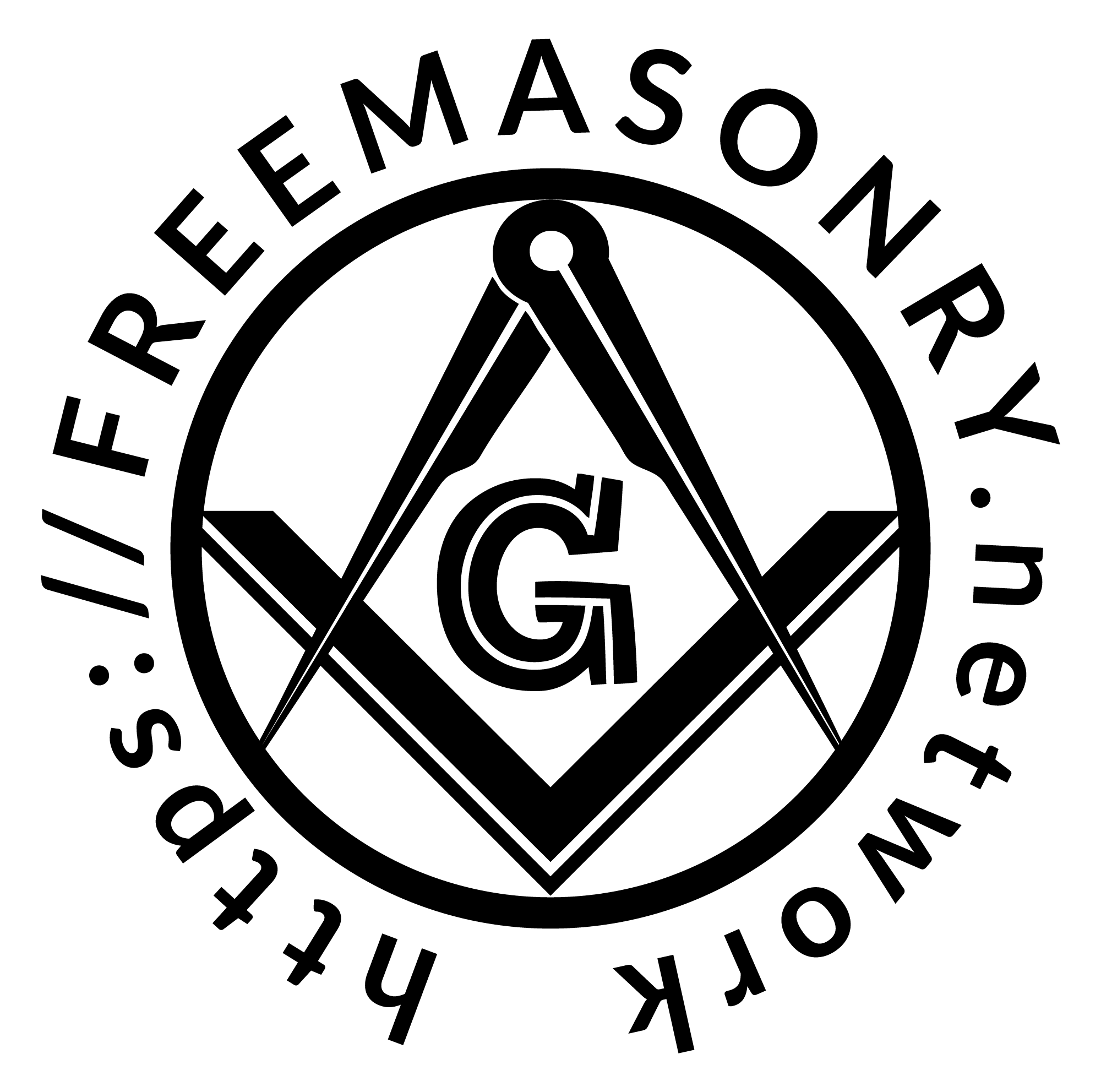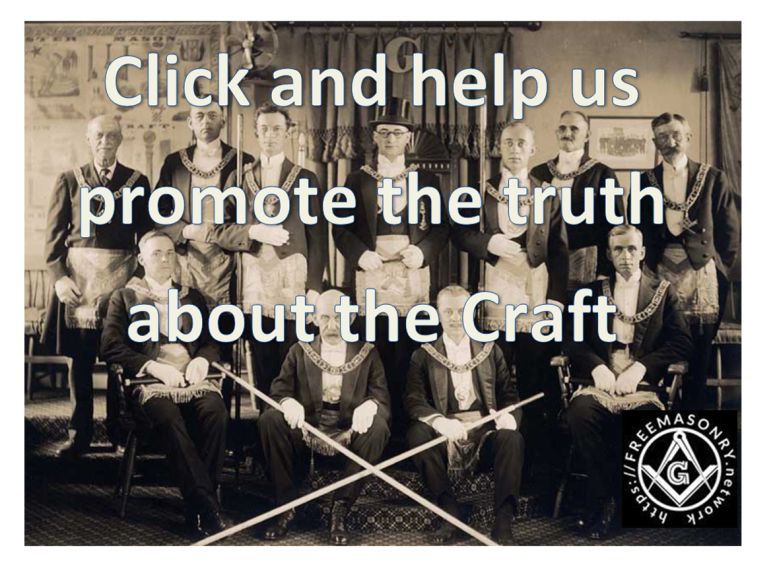Schism
The ritual form on which the Grand Orient of France was based was abolished in England in the events leading to the formation of the United Grand Lodge of England in 1813. However the two jurisdictions continued in amity (mutual recognition) until events of the 1860s and 1870s drove a seemingly permanent wedge between them. In 1868 the Supreme Council of the Ancient and Accepted Scottish Rite of the State of Louisiana appeared in the jurisdiction of the Grand Lodge of Louisiana, recognised by the Grand Orient de France, but regarded by the older body as an invasion of their jurisdiction. The new Scottish Rite body admitted blacks. The resolution of the Grand Orient the following year that neither colour, race, nor religion could disqualify a man from Masonry prompted the Grand Lodge to withdraw recognition, and it persuaded other American Grand Lodges to do the same.
A dispute during the Lausanne Congress of Supreme Councils of 1875 prompted the Grand Orient de France to commission a report by a Protestant pastor which concluded that, as Freemasonry was not a religion, it should not require a religious belief. The new constitutions read, “Its principles are absolute liberty of conscience and human solidarity”, the existence of God and the immortality of the soul being struck out. It is possible that the immediate objections of the United Grand Lodge of England were at least partly motivated by the political tension between France and Britain at the time. The result was the withdrawal of recognition of the Grand Orient of France by the United Grand Lodge of England, a situation that continues today.
Not all French lodges agreed with the new wording. In 1894, lodges favouring the compulsory recognition of the Great Architect of the Universe formed the Grande Loge de France. In 1913, the United Grand Lodge of England recognised a new Grand Lodge of Regular Freemasons, a Grand Lodge that follows a similar rite to Anglo-American Freemasonry with a mandatory belief in a deity.
There are now three strands of Freemasonry in France, which extend into the rest of Continental Europe:-
- Liberal (also adogmatic or progressive) – Principles of liberty of conscience, and laicity, particularly the separation of the Church and State.
- Traditional – Old French ritual with a requirement for a belief in a Supreme Being. (This strand is typified by the Grande Loge de France).
- Regular – Standard Anglo-American ritual, mandatory belief in Supreme Being.
The term Continental Freemasonry was used in Mackey’s 1873 Encyclopedia of Freemasonry to “designate the Lodges on the Continent of Europe which retain many usages which have either been abandoned by, or never were observed in, the Lodges of England, Ireland, and Scotland, as well as the United States of America”. Today, it is frequently used to refer to only the Liberal jurisdictions typified by the Grand Orient de France.
The majority of Freemasonry considers the Liberal (Continental) strand to be Irregular, and thus withhold recognition. For the Continental lodges, however, having a different approach to Freemasonry was not a reason for severing masonic ties. In 1961, an umbrella organisation, Centre de Liaison et d’Information des Puissances maçonniques Signataires de l’Appel de Strasbourg (CLIPSAS) was set up, which today provides a forum for most of these Grand Lodges and Grand Orients worldwide. Included in the list of over 70 Grand Lodges and Grand Orients are representatives of all three of the above categories, including mixed and women’s organisations. The United Grand Lodge of England does not communicate with any of these jurisdictions, and expects its allies to follow suit. This creates the distinction between Anglo-American and Continental Freemasonry.
(the source/read more: Wikipedia)














